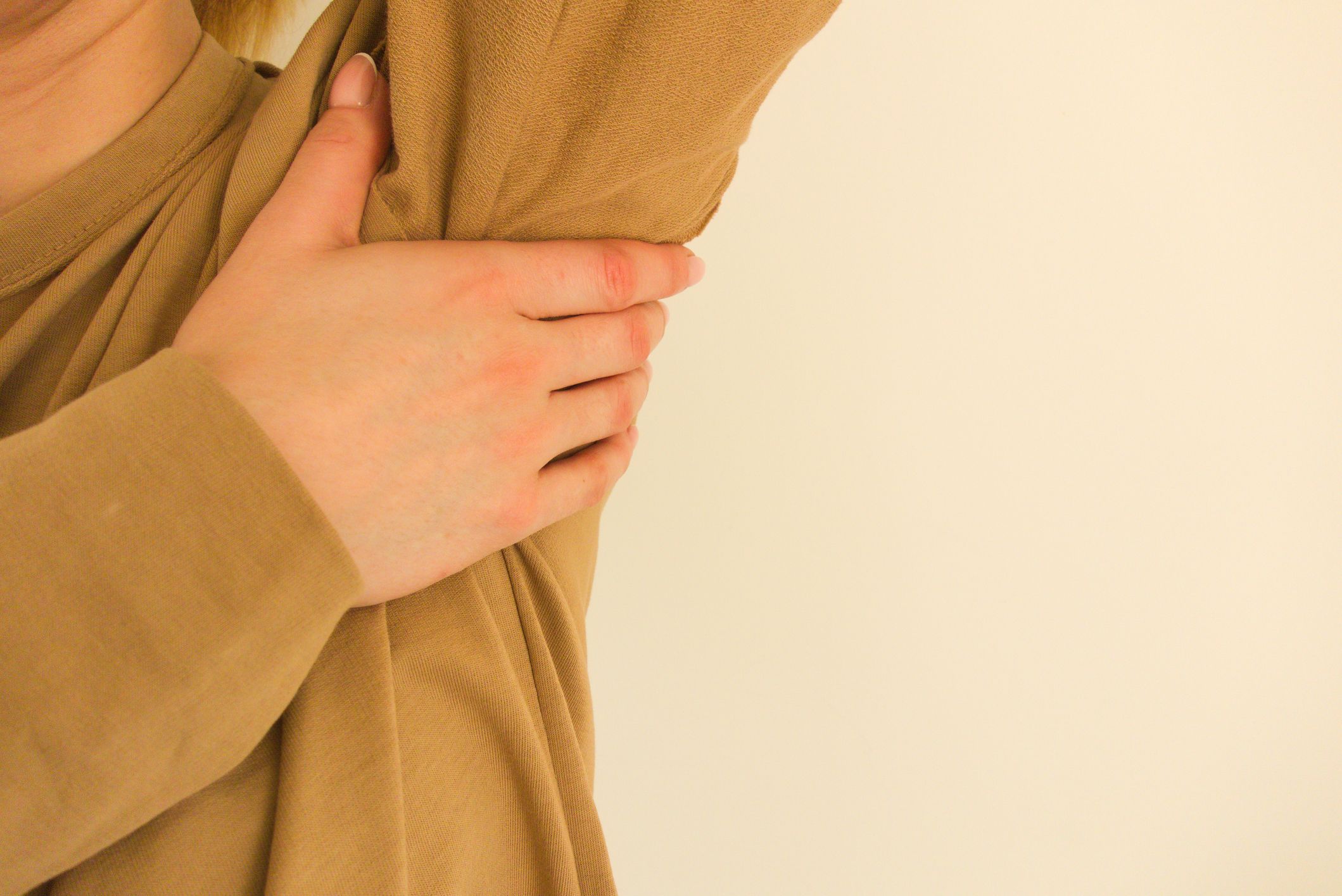Updated on January 6, 2025
One in eight women in the United States will develop breast cancer at some point in their lifetime. While many cases can be treated successfully—especially when detected and treated early—breast cancer is still the second-leading cause of cancer deaths among women in the U.S.
More than 42,000 women die from this disease each year. And while it can affect anyone, Black women have the highest mortality rate compared to women of other races and ethnicities.
Black women and breast cancer statistics
There are many factors that shape a person's experience with breast cancer, including the type of breast cancer, the stage, and the age at which they are diagnosed. This means that breast cancer can be a very different experience for each person.
Statistics show that a person's race and ethnicity are often significant factors in their experience with breast cancer. Consider these numbers from the American Cancer Society:
- Although Black women are 5 percent less likely to develop breast cancer, those that do are 38 percent more likely to die from the disease than white women.
- Younger Black women diagnosed before age 50 are twice as likely to die as young white women.
- At diagnosis, 42 percent of Black women are found to have breast cancer that has spread beyond the breast. This number is 32 percent among white women.
Studies also suggest that Black women often face delays in follow-up testing and treatment compared to white women. Research suggests this is because they are less likely to have health insurance or have enough coverage when they are ensured. These delays give cancer more time to spread.
Genetic factors may also contribute to disparities in death rates. The most aggressive sub-type of breast cancer is known as triple-negative breast cancer. This subtype occurs twice as often in women of African ancestry than it does in women of European ancestry. And while rates of the disease have declined across every racial and ethnic group over the years, it has declined at a slower pace for Black women, suggesting that healthcare access and quality plays a role in development. Another aggressive though very rare subtype—HR-/HER2+ breast cancer—is also more common in Black women.
American Indian and Native Alaskan women face similar challenges. Though they have lower rates of breast cancer, they are more likely to die from the disease compared to white women. This may be due in part to lower screening rates and later diagnoses.
The challenge of clinical trials
To create better cancer treatments and improve outcomes, clinical trials need participants with diverse ethnic and racial backgrounds. White women tend to make up the vast majority of clinical trial participants, with an estimated 10 to 15 percent of breast cancer clinical trial participants being non-white.
While there have been great improvements in how we understand, detect, and treat breast cancer, there is still much work to be done.






